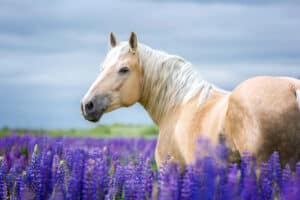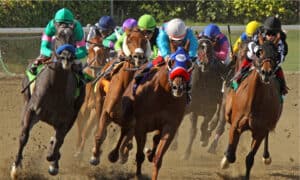These horses have a serious problem with each other! Their animosity has developed into violence and they aim backward kicks which look extremely painful. Then, one of them manages to catch the other around the neck using its front limbs. The rival is caught off balance and is body-slammed into the dirt! There is even a slow-motion sequence so that we can view the detail of how it was achieved.
Watch the full video of this violent confrontation:
Is This Normal Behavior For Horses?
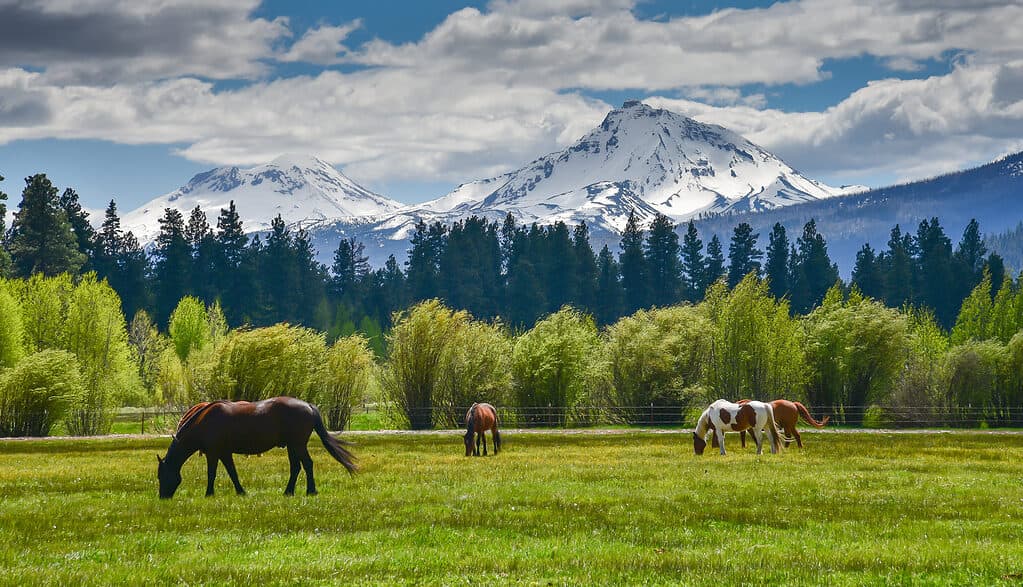
Horses are social animals but don’t always get on with each other!
©Eric Backman/Shutterstock.com
Horse behavior is fascinating. Also, aggression is a common issue. You can spot when a horse is displaying aggression. They may have their ears flattened backward, retract their lips and have rapid tail movements. You may also notice pawing at the ground and head bowing. It ends with kicking and biting. In some circumstances, this sort of behavior is directed at humans as well as at other horses. In this case, it is essential that you work out what is triggering the aggression.
Why Do Horses Fight?
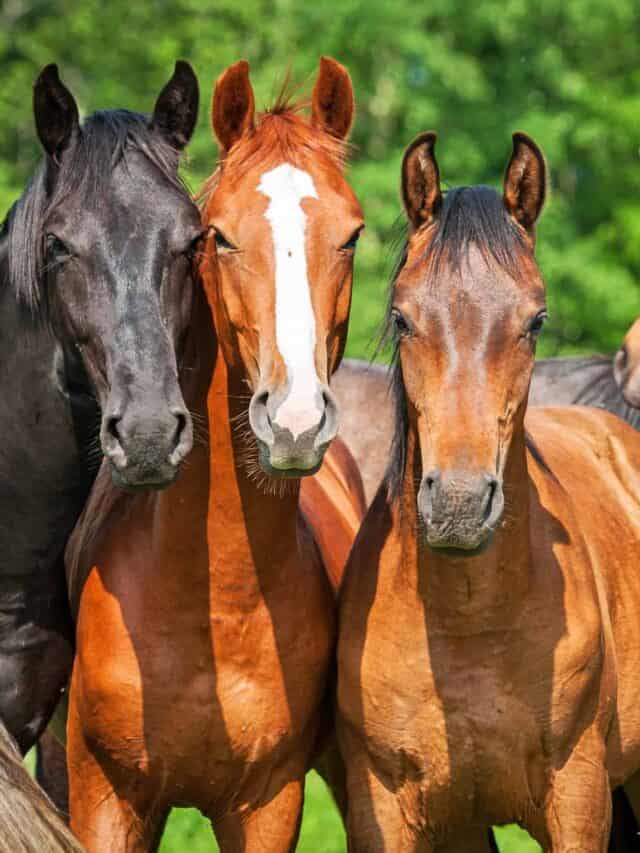
Horses are social animals but they do not always get along.
©Rita_Kochmarjova/Shutterstock.com
Horses are social animals and like to be with other horses. However, as we see here, they do not always get on! Aggression towards other horses is usually associated with sexual competition and asserting dominance. It can also frequently be triggered by territorial motives (guarding a resource or a group of horses). It is also the case that some horses are just naturally more aggressive towards other horses.
What Should You Do When Horses Fight?
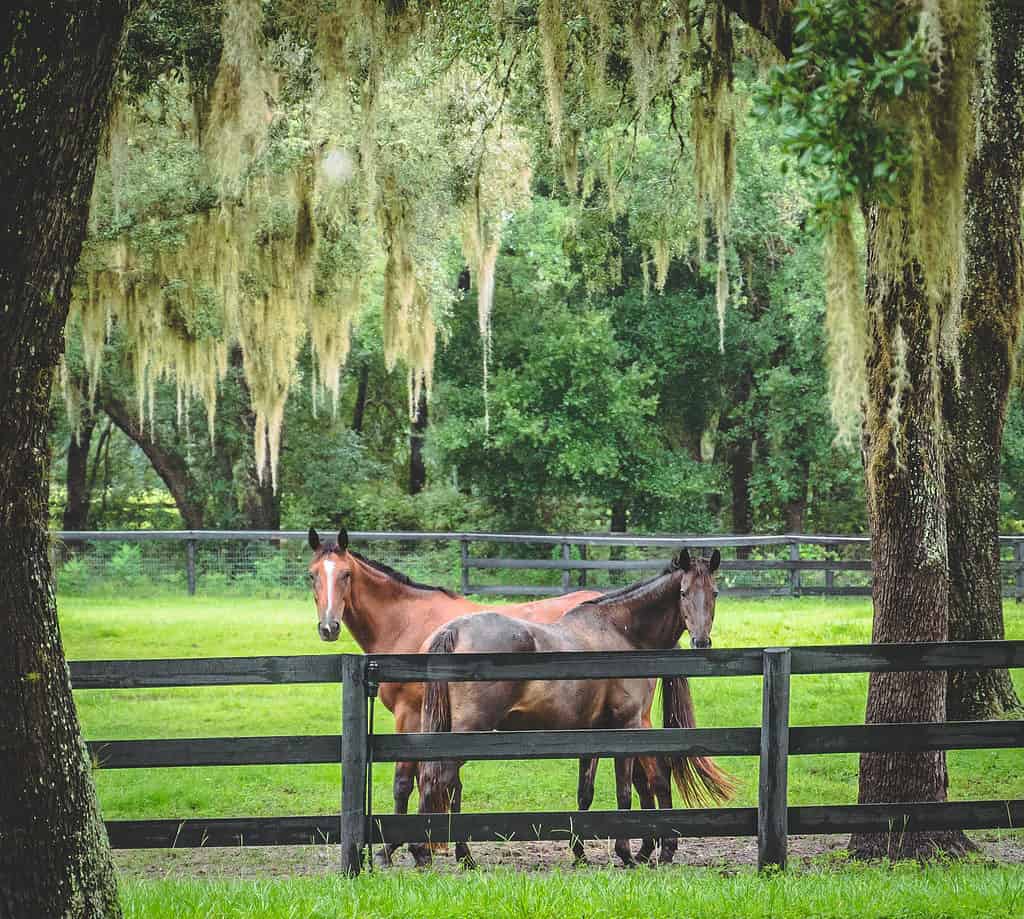
When horses don’t get along, they should be separated, usually by double fencing.
©Kurt Wehde/Shutterstock.com
The advice from the MSD Veterinary Manual is that the horses should be separated. This needs to be done using solid walls or double fencing because single fencing will probably not be strong enough. Then, make sure that there are sufficient resources to prevent conflict over them. Desensitization and counterconditioning are then required and you may need the help of a horse behavior expert. If the aggression is sexually related, castration and progestins (synthetic hormones) are an option. Finally, as is the case for all animal training, punishment is both cruel and ineffective.
The photo featured at the top of this post is © Rita_Kochmarjova/Shutterstock.com
Thank you for reading! Have some feedback for us? Contact the AZ Animals editorial team.





